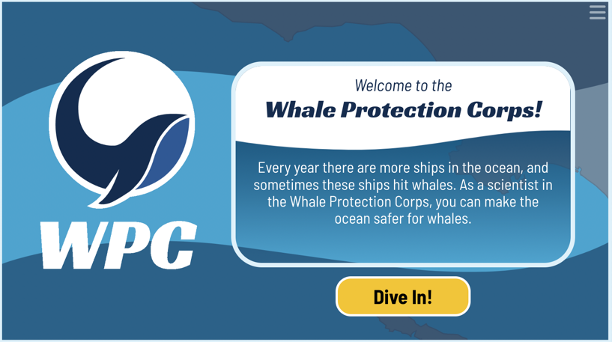EINSTEIN PROJECT CURRICULUM OPTIONS
PROTECTING WHALES
THIRD Grade
unit description
11 TASKS | Approximately 305 minutes of instruction
Protecting Whales is a freely available elementary STEM+CT instructional unit developed by the Smithsonian Science Education Center with funding from the US Department of Defense STEM office. As part of the Smithsonian Science for Computational Thinking series, it is designed to address a bundle of science, engineering, and computational thinking standards from from the Next Generation Science Standards, the Computer Science Teachers Association Standards, and the ISTE Student Standards. In this unit, students:
Use similarities and differences in patterns to organize images of whales to reveal which observations are of the same whale.
Develop a model based on whale data to reveal an annual migration pattern of the humpback whale.
Use a visual model of whales’ and ships’ patterns of movement as evidence to support a claim about where whales are likely to get hit by ships.
Apply scientific ideas from data and text to design a solution to decrease the number of whales getting injured or killed by ship strikes.
Use a computer model to compare multiple solutions to the problem of whales getting hit by ships.
Smithsonian Science for Computation Thinking was designed to be accessible and affordable to implement. Most of the supplies can be printed and easily obtained. The Einstein Project has made materials kits available to make implementation easy.






